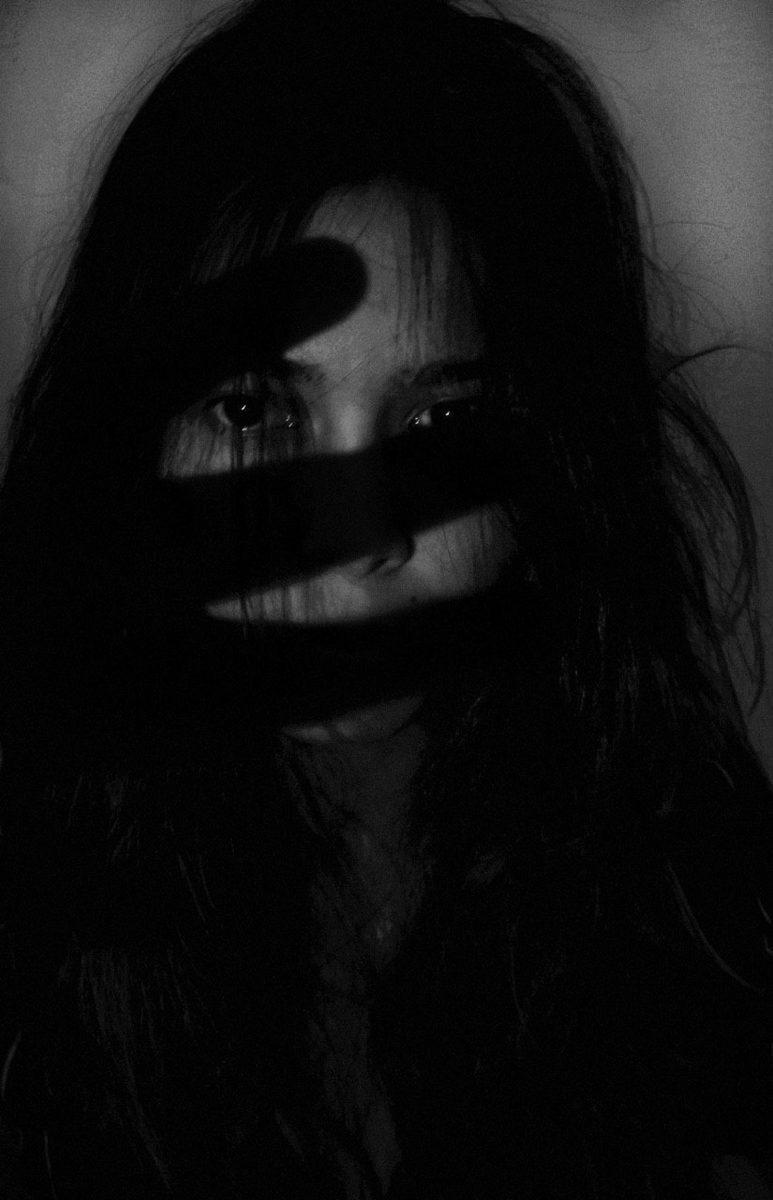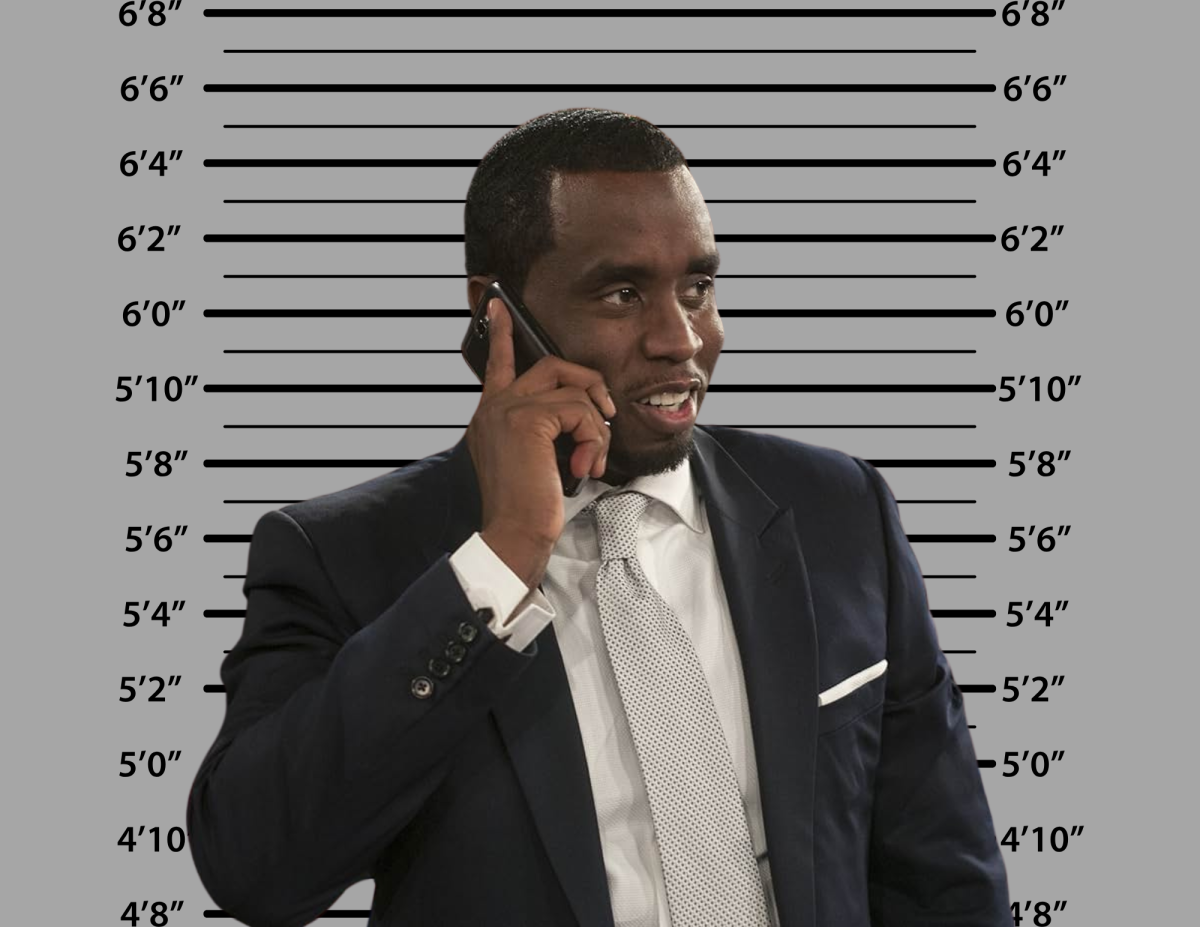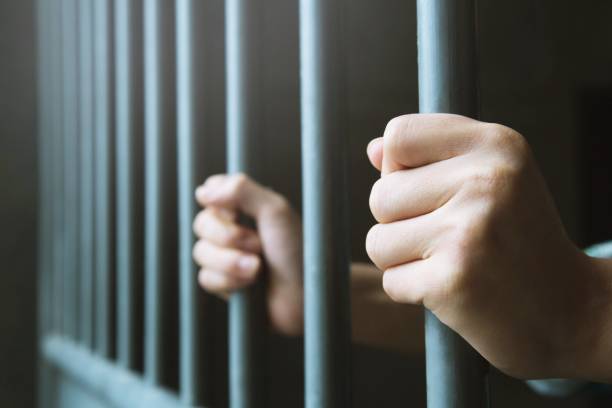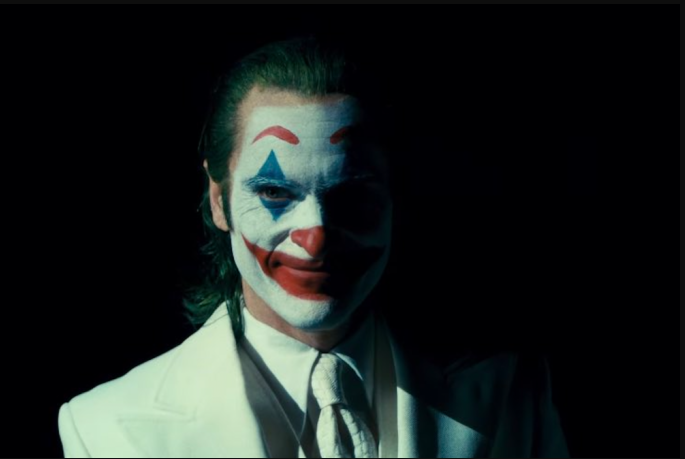By Karly Ortiz
October officially marks the beginning of spooky season; a time of scary costumes, haunted houses and horror movies.
The weeks surrounding Halloween are supposed to be fun-filled and festive, instead, they are misogyny-filled and distasteful. This is blatantly showcased in horror movies, where the female leads and side characters are terrorized in ways the male characters aren’t.
In early horror movies, particularly of the slasher sub-genre, women essentially served as material for torture fantasies for the majority of their roles.
According to The Scholarly Community Encyclopedia in an entry titled “Misogyny in Horror Films”, women experience more torture in slasher films than men, for a longer amount of screen time and their torture tends to become sexual in some capacity.
The issue is not the violence, it is not even the torture. The entire purpose of movies in the horror genre is to scare and unsettle the viewers. The issue is that the perverse depiction of women in horror films is not meant to scare the viewers, it is utilized as a form of fan service.
The women who die first in slasher movies are always scantily clad, over-sexualized blondes, whose only personality trait is that they are promiscuous or engage in any form of sexual activity. Their deaths are not short, brutal and quick like the deaths of their male counterparts. They often feature extensive chase scenes where the woman isn’t properly clothed, and equally as long scenes of the woman begging for the male perpetrator to spare her.
“Scary Movie” parodies this trope perfectly with the opening scene of Carmen Electra running from someone in a Ghostface mask, discarding her clothes as she goes. She even pauses her run to pose for the camera.
The chase scenes and the sexual scenes in horror movies are not meant to frighten the audience, but rather to be visually appealing to them. Exactly like the brief intermission of posing Carmen Electra does while running for her life.
Again, the issue does not lie in the violence itself, but rather in the glamorization and sexualization of the violence inflicted on the female characters. The correlation between sexuality and violence is a dangerous one, especially when it is depicted casually in films like “Halloween”, “Friday the 13th” and “Nightmare on Elm Street”. The women in films like these are depicted in explicit sexual situations and then almost immediately violently murdered or terrorized.
It is as if there is a covert belief that women should be punished for engaging in sexual activities, but should still be sexualized while they are for the benefit of the audience.
Coincidentally, final girls (female characters in horror movies who survive to the end)) are almost always the direct antithesis of the women who get violently tortured.
According to Carol J. Clover,who first identified the trope of final girls, these girls are the only female characters who don’t drink, smoke, or party. And, they are typically always virgins who dress modestly.
Clover believes this character exists as an example of what men believe a woman should be, which is why they are allowed to survive the violence of the male perpetrator. These male directors, knowingly or unknowingly, are pushing a very harmful message in horror movies that feature these cliches.
There is nothing wrong with enjoying horror, not even the old-time cult classics that popularized the genre. But, it is important to understand some of the problematic elements of what you are watching.
Final girls might feel like positive female representation, but they are the perfect example of a woman written by a man. And to male horror directors, crazy idea here, but maybe we can stop hyper-sexualizing every female character on screen and calling it “art”.






